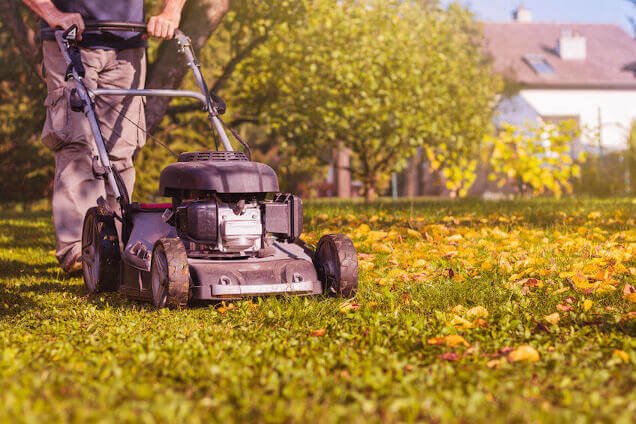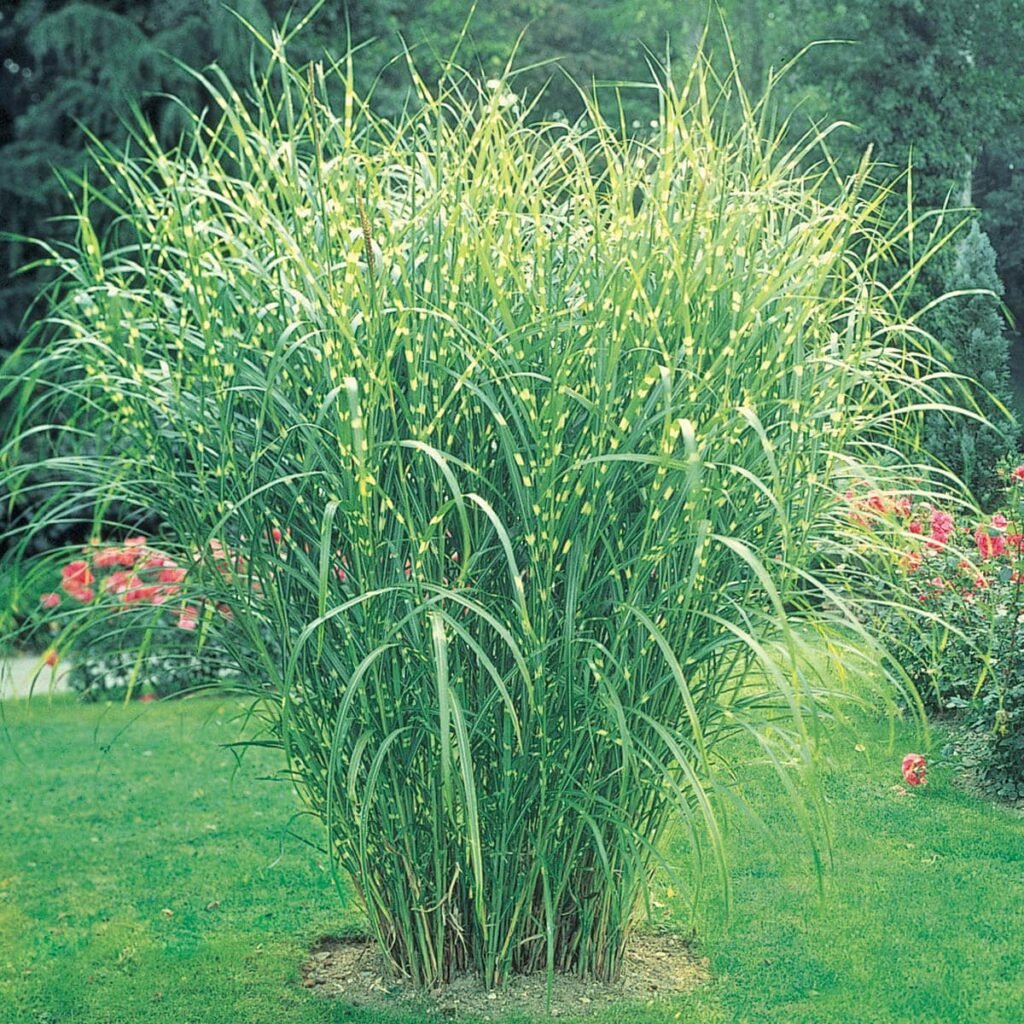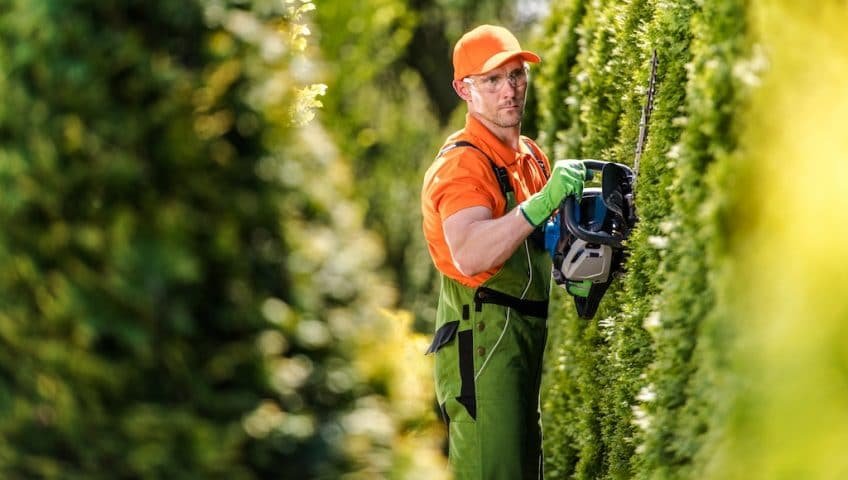
Maintaining the appeal and health of your cedar hedges involves more than just regular watering and fertilizing. Knowing how to trim your cedar hedges properly is equally important for their aesthetic shape, and long term health.
Understanding how to navigate the nuances of cedar hedge trimming can save you from the common pitfalls many face. This guide will help you trim your cedar hedge at the correct time, with the appropriate tools, and how to execute the task effectively to maintain the ideal shape of your hedges.
Key Takeaways
- Proper trimming techniques are essential for healthy and attractive cedar hedges.
- Using the right tools are crucial for effective cedar hedge maintenance.
- Avoiding common trimming mistakes is important for the longevity of the hedges.
- Timing your trimming session is important for the cedar hedges recovery.
Key Reasons for Regular Cedar Hedge Trimming

Cedar hedges require consistent trimming to maximize their growth and health. Much like a well-trained fruit tree, its important to monitor its thickness, colour and shape throughout the year. By trimming your hedge correctly, you not only shape its appearance so its pleasing to you and others, but you also influence how strong and healthy the cedar hedge can grow for years to come.
Trimming Cedar hedges Encourages New Shoots
- Cutting back old, damaged branches stimulates new growth by diverting energy.
- Fresh buds are promoted, similar to pruning roses.
- Maintains thickness and privacy, and avoids thin, straggly looking hedges.
Trimming Cedar Hedges Reduces Pests and Disease
- Improves air circulation, making it harder for pests and diseases to take hold and spread.
Improving Sunlight Penetration Will Increase The Cedar Hedges Growth
- Ensures all parts of the cedar hedge receive sunlight, which means more surface area.
- Critical for photosynthesis and overall plant vitality and improved colour.
Overall Uniform Growth and Health Of Your Cedar Hedge
- Regular trimming leads to an even distribution of light and nutrients throughout the plant.
- Supports the energy needs of the hedge for consistent foliage production.
Some of the previous tips may have sounded repetitive, But regularly trimming your cedar hedge will shield it against common problems. Remember, cedar hedges need to be strong and healthy to withstand high winds and snow.
When Should I Trim My Cedar Hedge?
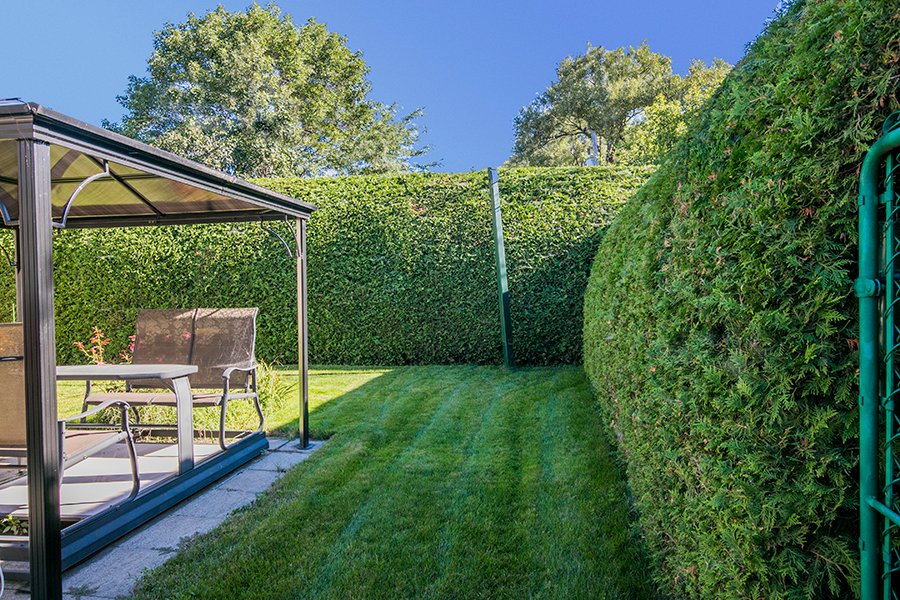
Trimming your cedar hedges at the wrong time can impact its health and growth. It’s ideal to schedule trimmings only following their initial growth phase, often occurring in the later part of spring or the beginning of summer. During this time, cedars hedges have finished their new growth and are now ready for shaping.
Ideal Months For Trimming Cedar Hedges
- First Trim: Late May to early June
- Second Trim (if needed for overgrowth): Early September
Cedar Trimming Tips:
- Avoid Over Trimming: To prevent weakening, trim sparingly.
- Check The Weather Forecast: Perform trimming on mild, non-extreme weather days.
Avoid Trimming Cedars Hedges In hot and cold Periods:
- Heatwaves or Drought Conditions: These can scorch leaves and stress the hedge.
- Winter Trimming: Late winter cutting could negatively affect recovery time and stunt the cedar hedge entirely.
By following these guidelines, your cedar hedges will have ample time to heal post-trim and maintain robust growth throughout the season.
IMPORTANT: Avoid trimming cedar hedges during or within a few days of very hot weather. If you just finished a trimming session, and some hot weather surprises you, regularly water your cedar hedge a few times a day at the roots to reduce the stress on the plant until the weather cools down.
Proper Cedar Hedge Maintenance Techniques

When approaching the task of shaping your cedar hedges, begin at the lowest point and incrementally work your way up. The cedar hedge should be trimmed so it’s slightly tapered at the top, and broadest at the base. This allows the sunlight to penetrate the lower foliage, promoting thick growth.
Adopt a conservative approach when snipping away the fresh extensions, halting once you reach the zone where the branches maintain their verdant colour. Avoiding deeper cuts prevents you from revealing the dormant, brown interior needles, which can result in an undesired browning look.
Prune the fresh shoots to where they radiate health and vigor, taking care not to strip away the cedars hedge’s more established older growth.
Choosing The Right Tools For Trimming Cedar Hedges
- Pruning Shears: Ideal for meticulous work on smaller branches, these need to remain sharp for efficient and clean snipping.
- Loppers: Designed to handle the thicker, more resilient branches, loppers are handy to use with their lengthier handles for leverage and stronger blades.
- Powered Hedge Trimmer: For larger hedges, this tool speeds up the process, and helps get a professional, even cut.
Don’t Over Trim Your Cedar Hedge
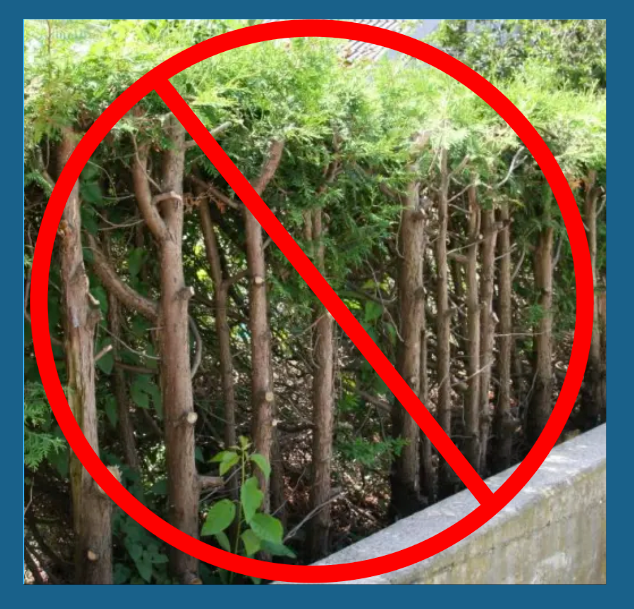
A good rule of thumb is to only prune or trim up to one third of the cedar hedge’s height annually to stimulate new growth without overtaxing the plant. Use tools that are in top condition—clean and sharp tools will protect your plants by simplifying the task and aiding in the hedges recovery.
Light Pruning: Thin out any dead branches and clip the new branches to maintain the shape and fullness. This minimal cutting done regularly keeps your hedge healthy and well-defined. Small trimming sessions are better than large ones all at once.
Make sure the sides of your cedar hedge tapers slightly towards the top. This technique allows light to reach the lower branches, fostering fuller growth and preventing bare spots.
Regular Maintenance: Examine your cedar hedge for any old wood that doesn’t produce new needles, and strategically prune these areas to encourage fresh, healthy growth.
By applying these methods with precision and care, you can ensure that the aesthetic appeal and health of your cedar hedge remains optimal.
Essential Tips for Healthy Cedar Hedge Maintenance
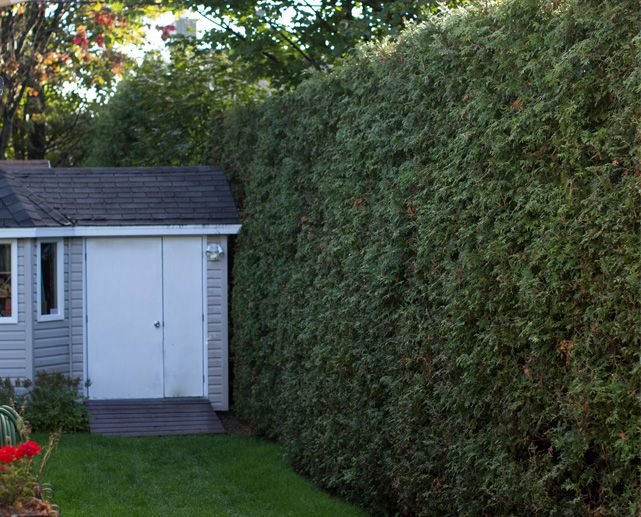
- Avoid Over-Trimming: Lightly trim cedar hedges to maintain density and health. Excessive cutting can lead to a sparse and weakened hedge.
- Be Mindful of Trimming Season: Trim in late spring or early summer to minimize stress and allow more time for the hedge to recover.
Understand the Weather Impact:
- Heavy Snow Load: Prevent branches from breaking by not allowing the snow to accumulate.
- Water Intake: Ensure adequate watering, especially if thee soil dries out.
- Salt Damage: Avoid using de-icing salts near hedges to protect the soil and roots from contamination.
- Care for Tools: Keep your trimming tools clean and sharp to prevent disease transfer and ensure smooth cuts, which help the hedge heal more quickly.
Remember, Patience is crucial. Allow your cedars to grow and fill out after trimming to maintain a lush appearance. Regular, attentive care will result in a healthy, robust hedge that is resilient against the elements and diseases.
Common Questions
When Should You Trim Your Cedar Hedges for Best Growth?
Pruning cedar hedges during late winter to early spring—before new growth starts—is the optimal time. This period allows the plants to heal and push out new growth when the weather warms.
What Are The Best Techniques for Shaping Cedar Trees and Pyramid-Shaped Hedges
- Initial Shaping: Start when the tree is young, trimming lightly to encourage the desired form.
- Maintenance Pruning: Annually trim to refine the shape, always making sure to leave some greenery as cedars cannot regrow from old wood.
- Pyramid Form: Narrower at the top and wider at the base to allow sunlight to reach the lower branches, promoting even growth.
How Can I Encourage a Dense and Full Cedar Hedge?
- Regular Pruning: Trim annually to stimulate new branch growth.
- Watering: Ensure consistent moisture, especially in dry periods, without overwatering.
- Fertilization: Apply a balanced fertilizer in early spring to support robust growth.
- Mulching: Mulch the base to retain moisture and regulate soil temperature.
How Can I Avoid Causing Potential Harm from Over-Pruning To My Cedar Hedge?
Over-pruning can lead to sparse foliage. Avoid cutting into the old, leafless wood, as cedars cannot regrow from it. Always prune just above the last set of green growth.
How Can I Rejuvenate a Sparse Cedar Hedge
- Assessment: Determine the extent of thinning and whether the hedge is viable for rejuvenation.
- Gradual Pruning: Stagger heavy pruning over several seasons to avoid shock.
- Care and Support: Provide adequate water and nutrients to support regrowth.
- Patience: Allow the hedge time to recover, as it may take a few seasons for full regrowth.
Hedge And Shrub Management Service In Sarnia Ontario
Do you live in Sarnia Ontario?
Check out our Hedge and Shrub Management Service by clicking down below.

